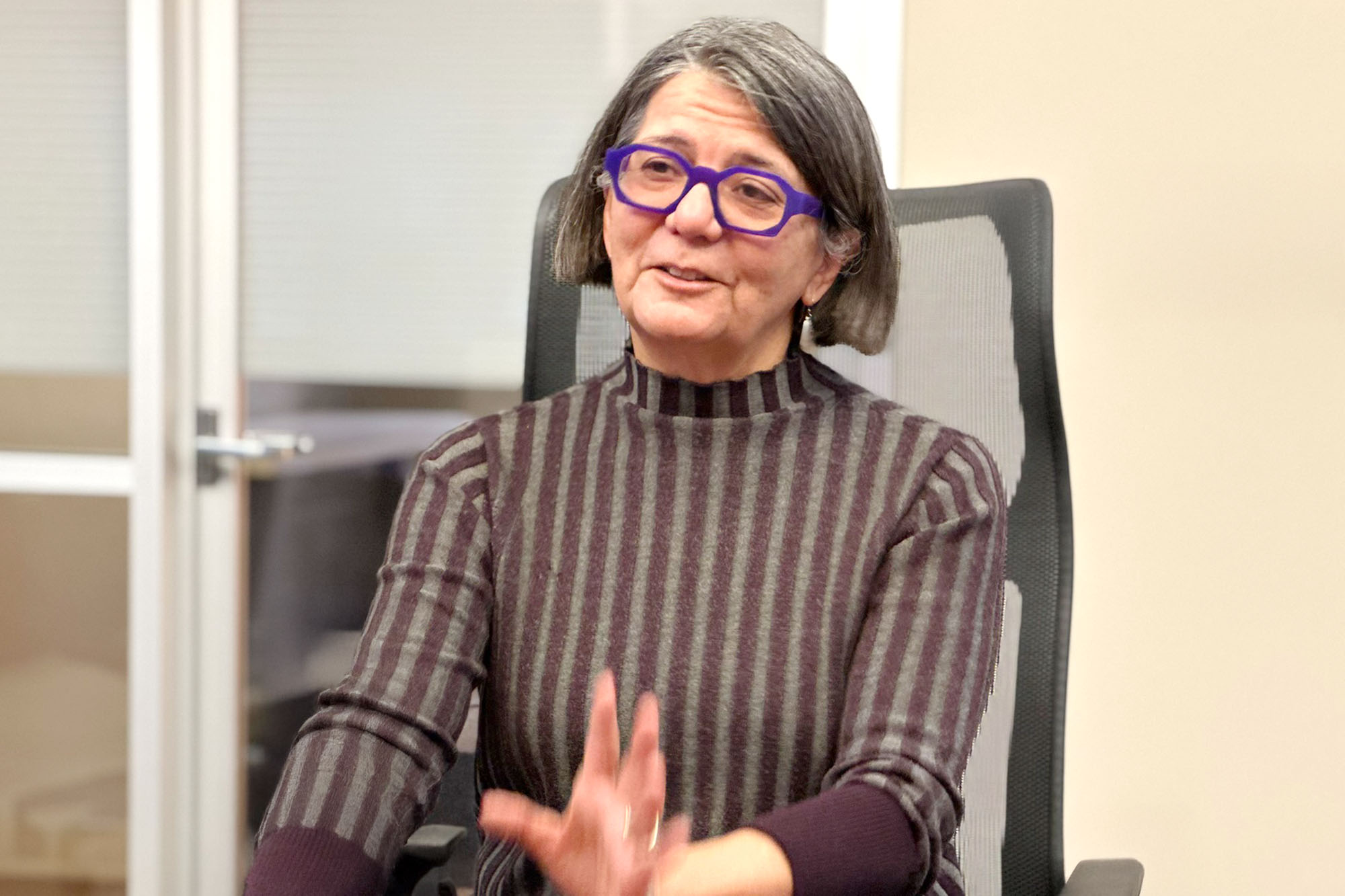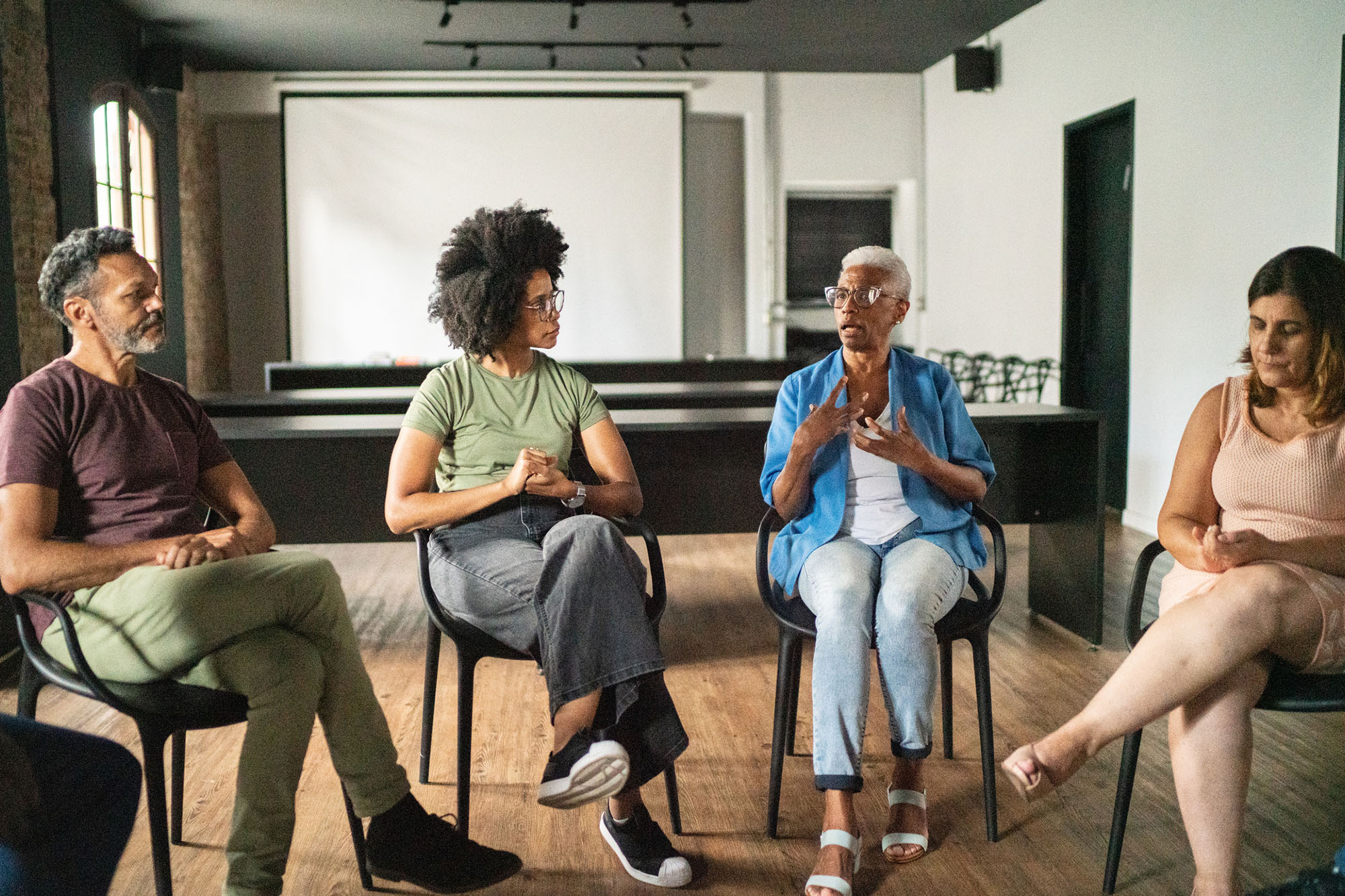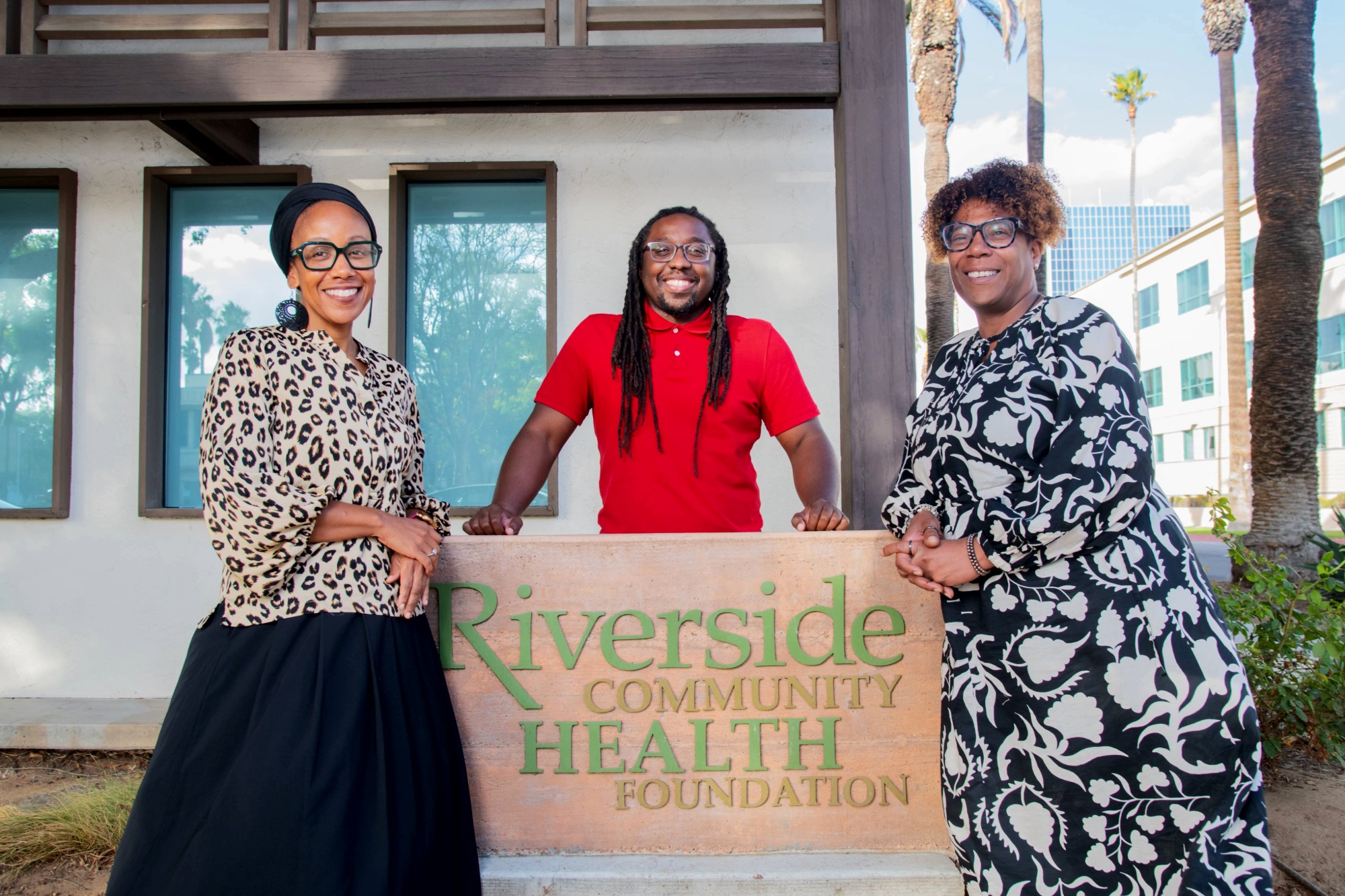
The COVID-19 pandemic has forced California to confront the devastating effects of health inequities and this stark truth: communities of color are more likely to contract the coronavirus and to die from it. It is essential, however, that the health disparities laid bare by the pandemic not obscure the fact that inequality has always been baked into the design, delivery, and financing of health care.
In a report released in December 2020, Centering Equity in Health Care Delivery and Payment Reform: A Guide for California Policymakers (PDF), the California Pan-Ethnic Health Network (CPEHN) urged state leaders to seize administrative opportunities to reduce disparities, to give individuals and communities more power over their health care, and to create healthier communities.
A crucial opportunity is drawing near as the State of California prepares to seek bidders and write new contracts for health plans that will administer Medi-Cal benefits and service delivery to over 10 million children, families, adults, seniors, and people with disabilities.
I met remotely with CPEHN’s executive director, Kiran Savage-Sangwan, MPA, to learn how policymakers can use the state’s vast purchasing power to achieve health equity for communities of color, including LGBTQ+ Californians and persons with disabilities.
Q: CPEHN issued a wide-ranging report about leveraging delivery system reform to advance health equity in California. It recommends that Medi-Cal use the process of renewing contracts with managed care plans, a process that begins in 2021. Can you explain what the Medi-Cal managed care recontracting process is and why you see it as an opportunity to improve health equity?
A: Approximately 80% of Medi-Cal enrollees access care through a private or public health plan that is paid by the state to manage and coordinate care. Starting in 2021, the California Department of Health Care Services (DHCS) will begin a procurement process through which commercial health plans must reapply to remain in the Medi-Cal program and other plans can be considered for new long-term contracts. In this process, DHCS will establish what health care services must be provided by health plans, how they will be paid, and how their success will be measured. These policies will strongly influence contracts for commercial and public managed care plans in Medi-Cal and will fundamentally shape how millions of enrollees, the vast majority of whom are people of color, get their health care. That’s why Medi-Cal recontracting is such a crucial opportunity to strengthen financial incentives and oversight to improve health care quality and access and address health disparities.
Q: What are the top three things DHCS can do during this upcoming recontracting process to improve health equity?
A: First and foremost, tie health plan payments to the progress they achieve in reducing disparities. Today, plans are paid a set amount for each person they cover, regardless of whether they satisfy clear expectations for quality of care. That should change. DHCS has an opportunity to require health plans to meet certain targets — for example in diabetes care for people of color, maternal mortality, asthma, or mental health — and tie a portion of plans’ payments to meeting those goals.
Second, California should embrace and invest in community-based care. The clinical, medical care model that is standard in the United States and in our Medi-Cal program doesn’t always work for communities of color. Health plans should be paid for delivering community-defined practices, including the use of doulas, midwives, mental health professionals, and traditional healers that communities value as core to their health and wellness.
Third, Medi-Cal recontracting is an opportunity to address the social determinants of health. Health plans should be required to have a strategy for prevention and population health to care for our Medi-Cal beneficiaries before they are very sick. Health plans should be paid to connect patients with support for health-related social needs such as food assistance. These nonmedical supports have been shown to have an outsized impact on health outcomes for communities of color.
Q: If these recommendations are implemented, how will care and services be different for Medi-Cal members?
A: Patients will be more in charge of their own care. It will be easier for Medi-Cal members to find a provider — particularly one who looks like them, speaks their language, and understands their cultural needs. We will see better coordination between providers of physical and mental health, and patients will find it easier to access resources and supports such as housing and nutrition.
Q: CPEHN’s recommendations go beyond recontracting in Medi-Cal managed care to address other delivery system reforms. Can you summarize the report’s other major recommendations?
A: Most of our recommendations focus on ways that DHCS and Medi-Cal managed care plans can achieve greater health equity. California also has significant opportunities to leverage its purchasing power to achieve greater health equity by adopting our recommendations in the large Covered California and California Public Employees’ Retirement System health systems. Our recommendations to strengthen culturally and linguistically appropriate care; to improve and integrate physical, behavioral, and oral health care; and to engage patients, families, and caregivers to strengthen care should be adopted by the entire California health system. That includes public and commercial health plans and health systems, hospitals, community health centers, medical groups, physicians and other primary care providers, dentists, and behavioral health providers.
Q: What was most surprising to you when researching and writing this report?
A: As we conducted extensive focus groups with stakeholders in the process of writing the report, we continued to hear alarming stories of maltreatment of patients of color, including LGBTQ+ and Californians with disabilities in the year 2020. It reminds us how far California has yet to go to achieve health equity. For this state to become a place where people can live healthy, happy lives in healthy communities, we need to provide the resources and investments for everyone to make good decisions. On the positive side, we were pleasantly surprised by the interest of health plans and health systems in addressing disparities. They expressed to us frustration with the state’s lack of direction, leadership, and investment in reaching this goal. It’s clear that California is not leading the pack in efforts to eliminate health disparities. We have some catching up to do!
Q: What will CPEHN and its partners do to make sure these recommendations are implemented?
A: We plan to be vocal advocates with DHCS as the recontracting process progresses and within CalAIM, the state’s systemwide Medi-Cal reform initiative. We are also advancing strategies for state agencies to cooperate to align public health, social services, and health care resources. The experiences and voices of communities of color must be heard by decisionmakers, so we’ll continue to shine a light on the consumer experience, and we’ll ensure that the diverse voices of our partners are amplified in these crucial conversations.
Authors & Contributors


José Luis Villegas
José Luis Villegas is a freelance photojournalist based in Sacramento, California, where he does editorial and commercial work. He has coauthored three books on Latino/x baseball. His work appears in the Ken Burns documentary The 10th Inning and in the ¡Pleibol! exhibition that debuted at the Smithsonian Institution’s National Museum of American History and has been appearing at museums around the country.
Villegas’s work has been exhibited at the Museum of Fine Arts-Houston; the Baseball Hall of Fame in Cooperstown, New York; and at the Oakland Museum of California. Villegas also works as a medical photographer at Shriners Hospital in Sacramento.





